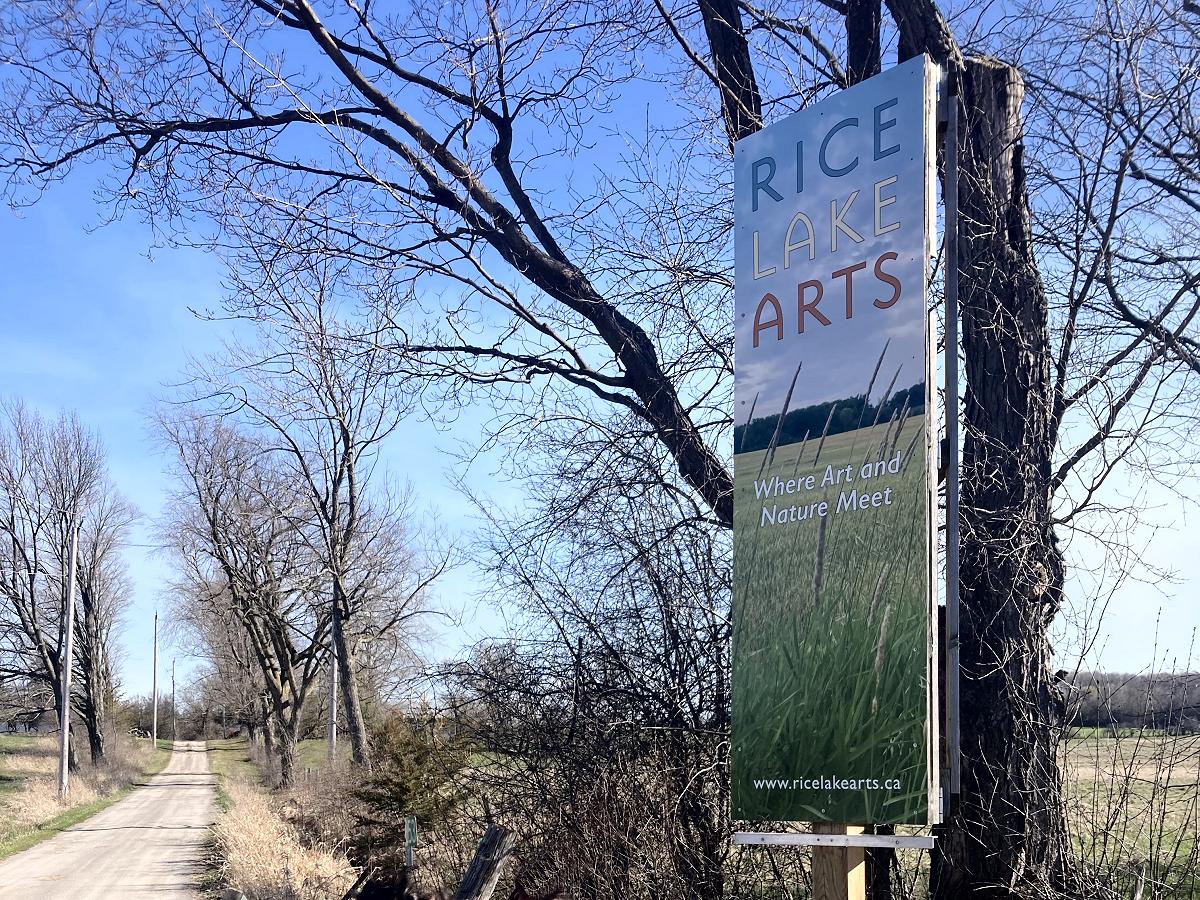Visual Artwork as a Land Acknowledgement

Table of Contents
To Celebrate Indigenous American Heritage Thirty day period!
The Port of Seattle exists on Indigenous land. We admit the ancestral homelands of individuals who walked listed here before us and individuals who however wander right here, keeping in brain the integrity of this territory in which Indigenous peoples detect as the Duwamish, Suquamish, Snoqualmie, and Puyallup, as very well as the tribes of the Muckleshoot, Tulalip, other Coast Salish peoples, and their descendants. We are grateful to respectfully are living and do the job as attendees on these lands with the Coastline Salish and Native people who get in touch with this home. This land acknowledgment is 1 tiny act in the ongoing procedure of functioning to be in very good marriage with the land and the folks of the land.
To rejoice Indigenous American Heritage thirty day period, the Port highlights the most new artwork installations in the Worldwide Arrivals Facility (IAF)! All the artworks described below were made by Native American artists. In advance of telling you the tales of these most recent artworks at Seattle-Tacoma Intercontinental Airport (SEA), let us give credit score in which credit rating is due.
This initiative begun in the Fall of 2020 with a team of 10 Port large college interns who offered the strategy of incorporating Indigenous art and culture at SEA:
- Alana Chiefstick
- Ah-Nika-Leesh Chiquiti
- Kailyn Choy
- Charlotte and Teresa Paddock from Chief Kitsap Academy
- Jasmine Dorman
- Mackenzie Lobehan
- Armando Luna-Salgado
- Kalani Thompson, and
- Katelyn Forde from Muckleshoot Tribal University
In July 2021, the Port Commission authorised $475,000 to acquire Indigenous Artwork of the Pacific Northwest area. The General public Art System experienced two major ambitions:
- To welcome worldwide vacationers to the area by producing a visual representation of a Land Acknowledgement
- Guidance regional and regional artists perhaps impacted by the pandemic
Rest certain, this is the very first of many upcoming prospects that the General public Artwork software desires to take to diversify its selection.
In the Drop of 2021, 30 pieces of artwork had been acquired from regional galleries. Rapidly-forward to Tumble 2022, and voila the artworks are for the most aspect installed in the IAF.
Here’s what you will see in your next check out:
Joe Feddersen
White Horse/Pink Sunlight Suite, 2020-2021

Born in Omak (WA), Joe Feddersen is affiliated with The Confederated Tribes of The Colville Reservation (Okanagan and Lakes).
For Feddersen, his operate “investigates indication and cultural id. This inquiry merges fundamental components of basket layouts from my ancestral dwelling, the Inland Plateau area of the Columbia Basin, with urban imagery to talk to perceptions of land. My print get the job done builds from a dialogue with conventional basket patterns. The prints typically make complexity through layering indicators. These indicators tenuously dissolve into an over-all field though even now preserving direct ties to my native heritage.”
Raya Friday
Drinking water Series, 2022

Raya Friday was born in Seattle and is a member of the Lummi nation whose tribal lands are situated on the edge of the Salish Sea in close proximity to Bellingham (WA). Water Sequence is positioned subsequent to baggage claim 24 in a substantial exhibition situation wherever you will locate these 11 delicate and astonishing glass artworks.
“The Drinking water Baskets sequence is an exploration of the foundational way water has formed the location, both culturally and environmentally, and how this elementary factor of [Friday’s] id and survival is now becoming threatened by local climate modify. The hues and texture of these blown glass parts is encouraged by the fragile and enduring characteristics of beach glass. The cedar and wire elements represent her hope that equally traditional and modern day information can work collectively to maintain the lifetime forces of this land.” (The Stonington Gallery).
Preston Singletary
Kéet, 2012

Singletary is a Tlingit of the Eagle moiety — one particular of two tribal societal teams — and a member of the spouse and children residence group of Kaagwaantaan.
As you stand on the mezzanine, admiring this brand name -new facility, choose a few minutes to observe Kéet by Singletary. Kéet is the Tlingit term for Killer Whale and is also the artist’s major crest image.
“The original wooden sculpture was carved by David Svenson and depicts the Killer Whale with an Eagle on the leading symbolizing my household symbols. Emerging from the mouth of the Killer Whale is a Thunderbird, which was the clan that Svenson was adopted into. The base type is a double headed wolf, as a form of soul catcher and morphing into a three-dimensional wolf at the middle.”
For several years, Singletary has also been fascinating audiences with common cultural objects in blown glass these types of as brightly coloured glass baskets, like Red Glass Berry Basket with Brown Lip (2021).
Lisa Telford
- Black Banded Basket, 2018
- Women’s Get the job done Basket with Raven’s Hood Structure -— High-quality Warp, 2014
- Woven Bustier, 2018
- Woven Kid’s Cowboy Boots, 2018

Lisa Telford is a Indigenous Haida utilizing Northwest Coast-model weaving approaches. An show case near baggage declare 23 displays 4 artworks by Telford in the reduce portion you can see two regular baskets, and in the higher portion there are two contemporary clothes (a bustier and a pair of cowboy boots).
“Her function serves as a commentary on Indigenous identity, stereotypes, and fashion. As a Git’ans Git’anee Haida weaver, Lisa Telford comes from a extensive line of weavers, including her grandmother, mom, aunt, and cousins. Her perform encompasses baskets, classic hats, and cedar bark clothes. She believes that Haida Basketry was essential for survival a long time in the past, and therefore, the beauty of this lifetime-supplying craft should really be celebrated by means of continuing the custom and honoring nature with each and every new piece.” (The Stonington Gallery)
Gail Tremblay (Mi’kmaq/Onondaga)

- Grandmother Moon Reflecting Elder Brother Sunshine, 2010
- As Lengthy as the Rivers Operate …, 2013
- Native Ingenuity, 2013
- Preserving Indigenous Technologies, 2013
- What Transpires When Civilization Melts The Ice?, 2016
- Grandmother Moon Reflecting Elder Brother Sunshine, 2010
Gail Tremblay is descended from Onondaga and Mi’Kmaq ancestors and resides in Olympia (WA). Tremblay weaves her baskets working with 16mm film inventory, coloured movie leader of different sizes, and gold metallic braid, alternatively of employing the regular product of sweetgrass. The purpose at the rear of these non-common components is that the artist needs to remark on indigenous life in the 21st century and connect with awareness to the devastating impression of world wide warming.
“I identified movie was an appealing substance to weave, and I savored the idea of recycling movie and getting regulate more than a medium that had historically been utilised by the two Hollywood and documentary filmmakers to stereotype American Indians.” (From Correspondence among the Froelick Gallery and the artist, June 2020).
What comes about when the civilization melts the Ice? is a basket woven with 16mm movie from a sequence of work that works by using film inventory from a 1967 documentary about Inuit lifestyle called “At the Winter season Sea Ice Camp.” In her work, Tremblay captures the background of her society and the affect local weather transform is having on her people.
She states that “the film is hoping to make it look like Inuit society doesn’t adjust, even though at the exact time, the total world is changing amazingly, so significantly so that in the future 50 yrs, it is practically not possible to do what your ancestors did.” (Correspondence amongst the Froelick Gallery and the artist, June 2020).
Marie Watt
Canopy (Omphalos), 2007

Born in Seattle (WA), Marie Watt now will work and life in Portland (OR) and is a member of the Seneca Country of Indians. As you are about to go away the IAF it will be tricky for you to miss out on this eight-foot-tall sculpture by Marie Watt. Textile plays a major purpose into the artist’s overall body of operate. Watt began amassing wool blankets from thrift retailers in purchase to assemble totem- and ladder-like sculptures. On a much more own amount, blankets in her tribe and other native communities are provided away to honor persons witnessing significant everyday living gatherings.
Produced of Alaskan yellow cedar, “Canopy (Omphalos) is a continuation of the artist’s exploration of wool blankets, their history of getting handed down from technology to technology, and the human stories located inside of these day to day objects as shelter companies and symbols of protection.” (from Greg Kucera Gallery)
Operates to come
By the close of 2023, two additional parts of artwork will be mounted at SEA.
- Just one is a 4-foot-tall neon piece by regional artist Dan Friday (Lumni), Cuomo Kulshan (Mt. Baker and bear)
- The next piece is becoming made by regional artist Brian Perry (S’Klallam)








